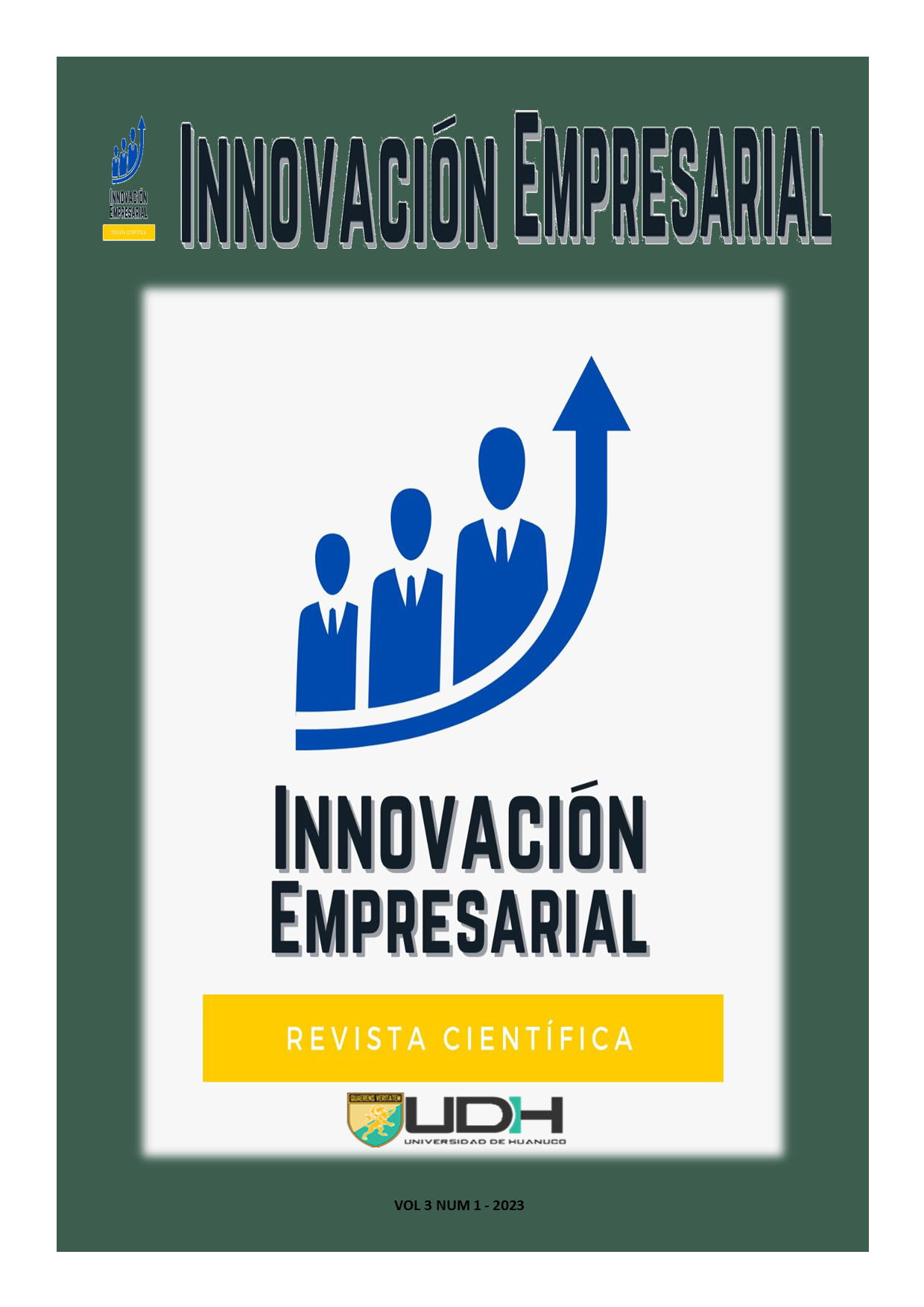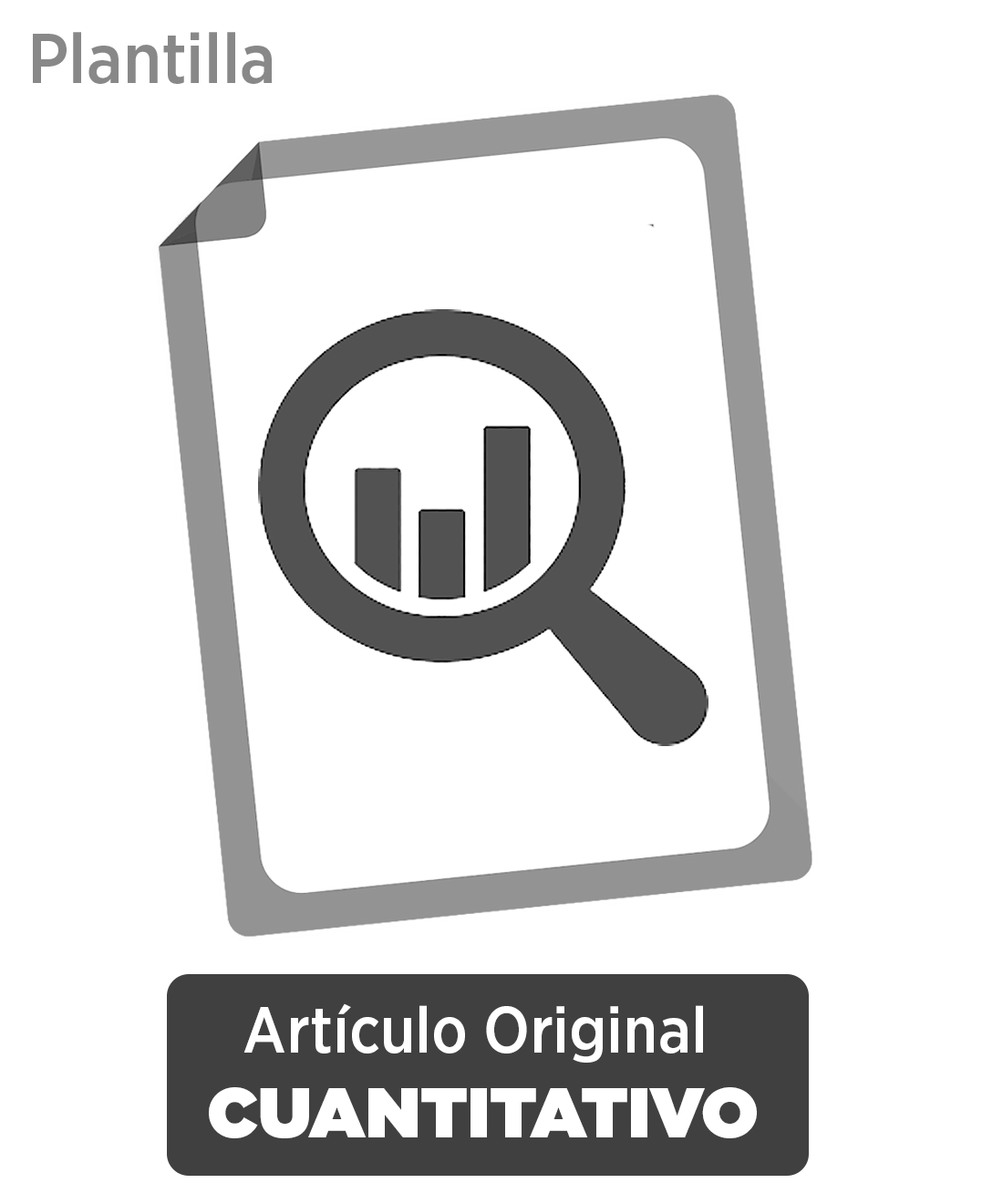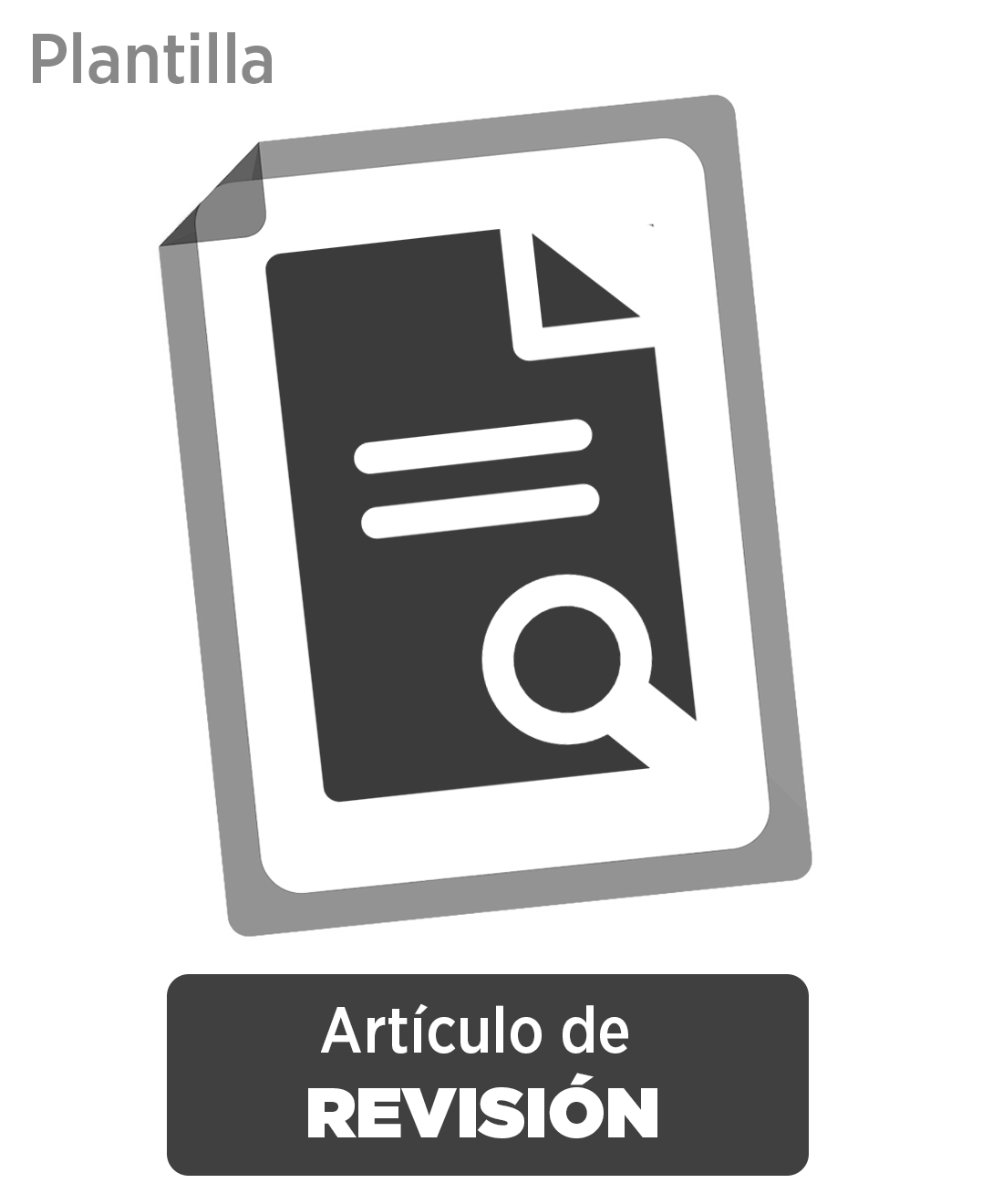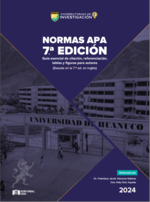Relevant factors of a company’s financial statements and losses: case study
DOI:
https://doi.org/10.37711/rcie.2023.3.1.22Keywords:
losses, financial statements, financial situation, normal loss, abnormal lossAbstract
Objective. To determine the relationship of the relevant factors of the losses with the financial statements of the company Inversiones, Distribuciones y Servicios en General P&M, 2022. Methods. The research was applied, with a quantitative approach, descriptive correlational level and non-experimental design. The population was determined by the company's workers and the sample was non-probabilistic by convenience. The technique used was the survey; therefore, a questionnaire was used as an instrument, which was applied to the workers who participated in the process and registration of shrinkage. Results. The relevant factors of shrinkage are significantly related to the financial statements of the company Inversiones, Distribuciones y Servicios en General P&M. This relationship is significantly positive, with a coefficient value of 0.896. Conclusions. The relevant factors of shrinkage are significantly related to the financial statements of the company Inversiones, Distribuciones y Servicios en General P&M.
Downloads
References
Aguilar, H. (2009). Tratamiento tributario de las mermas y desmedros. Revista Asesor empresarial.
Alva, M. (2015). Las mermas y su implicancia tributaria en la deducción de gastos. Blog de Mario AlvaMatteucci.
Alvira, F. (2011). La encuesta: una perspectiva general metodológica (2ª ed.). Centro de Investigaciones Sociológicas.
Arias, F. (2012). El proyecto de investigación. Introducción a la metodología científica (6ª ed.). Episteme.
Arribas, M. (2004). Diseño y validación de cuestionarios. Matronas Profesión, 5(17), 23-29. https://www.federacion-matronas.org/wp-content/uploads/2018/01/vol5n17pag23-29.pdf
Colegio de Auditores o Contadores Públicos de Bolivia-CAUB. (2013). Norma de Contabilidad 2. NC 2 Inventarios [Archivo PDF]. https://asesorateenbolivia.com/media/anexos/2019/09/01/13_Norma_Contable_NC_2.pdf
Hernández, R., Fernández, C. y Baptista, P. (2014). Metodología de la investigación. McGraw Hill.
Huaire-Inacio, E. J., Maraquina-Lujan, R. J., Horna-Calderon, V. E., LLanos-Miranda, K. N., Herrera-Álvarez, A. M., Rodriguez-Sosa, J. y Villarmar-Romero, R. M. (2022). Tesis fácil: el arte de dominar el método científico. Analética. https://www.aacademica.org/edson.jorge.huaire.inacio/94.pdf
International Accounting Standards Board [IASB]. (2010). El Marco Conceptual para la Información Financiera. IASB
López, P. (2004). Población muestra y muestreo. Punto Cero.
Matas, A. (2018). Diseño del formato de escalas tipo Likert: un estado de la cuestión. Revista electrónica de investigación educativa REDIE, 20(1), 38-47. https://www.scielo.org.mx/scielo.php?pid=S1607-40412018000100038&script=sci_abstract
Meléndez, E. (2009). Estados financieros. Universidad Peruana Los Andes.
Ocas, L. (2018). Mermas de combustibles y su incidencia tributaria en la empresa Grifos Guevara SRL Jaén [Tesis de pregrado, Universidad César Vallejo]. Repositorio de la Universidad César Vallejo. https://hdl.handle.net/20.500.12692/35109
Tamayo, M. (2007). Metodología de la investigación. Limusa.
Veiras, A. y Paulone, H. (2013). Presentación de estados contables. Errepar
Downloads
Published
How to Cite
Issue
Section
License
Copyright (c) 2023 Innovacion Empresarial

This work is licensed under a Creative Commons Attribution 4.0 International License.
a. Los autores conservan los derechos de propiedad intelectual (copyright) de las obras publicadas, cediendole a la revista el derecho de primera publicación.
b. Los autores retienen sus derechos de marca y patente, y también sobre cualquier proceso o procedimiento descrito en el artículo.
c. Los autores retienen el derecho de compartir, copiar, distribuir, ejecutar y comunicar públicamente el artículo publicado en la revista Innovación Empresarial (por ejemplo, colocarlo en un repositorio institucional o publicarlo en un libro), con un reconocimiento de su publicación inicial en la revista Innovación Empresarial.
d. Los autores retienen el derecho a hacer una posterior publicación de su trabajo, de utilizar el artículo o cualquier parte de aquel (por ejemplo: una compilación de sus trabajos, notas para conferencias, tesis, o para un libro), siempre que indiquen la fuente de publicación (autores del trabajo, revista, volumen, número y fecha).

























